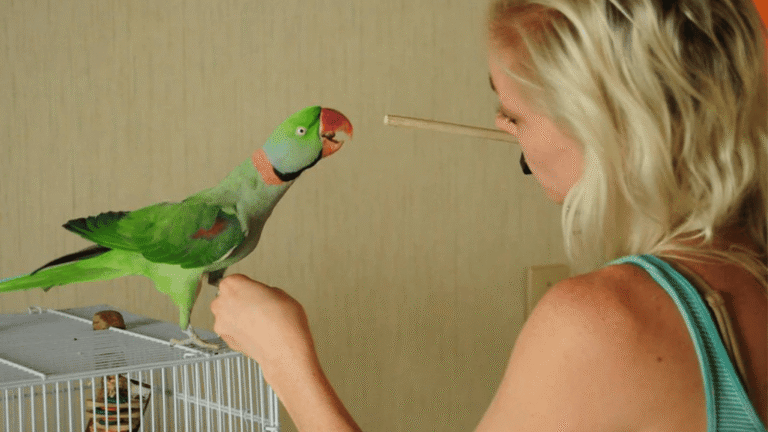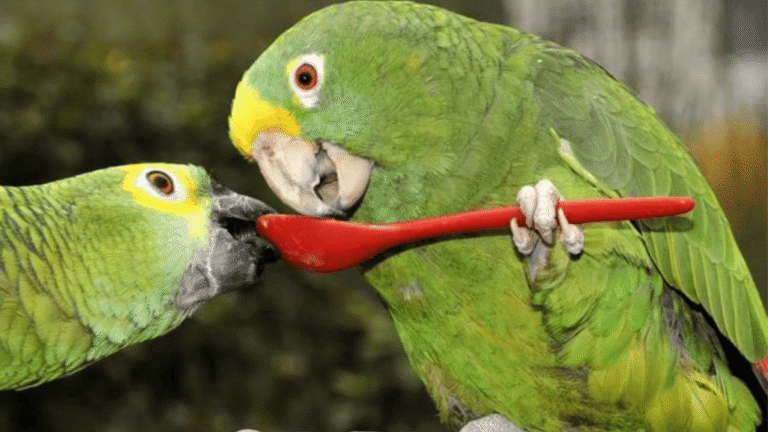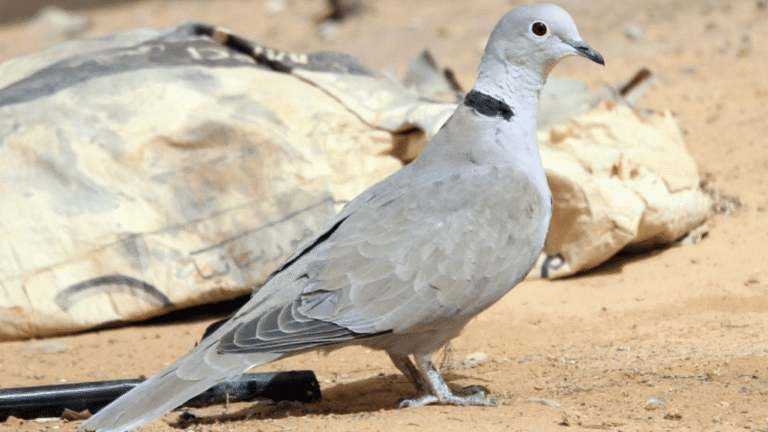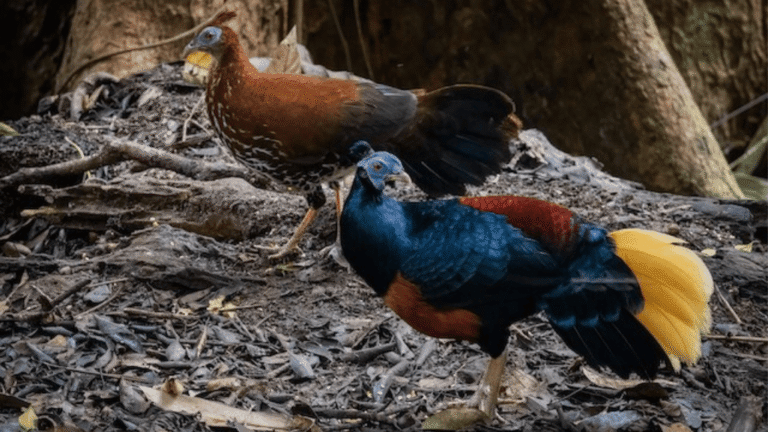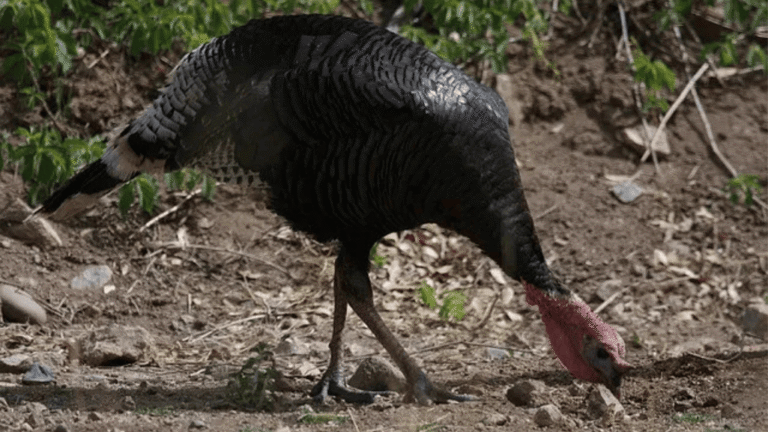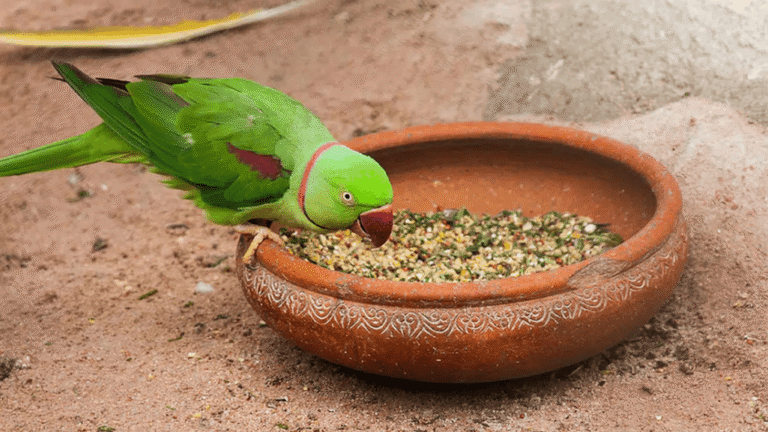The kakapo bird is a unique symbol of New Zealand’s wildlife. It faces big challenges as an endangered species. With only about 240 birds left, it shows how urgent conservation is.
This rare bird lives in hidden places in New Zealand. It highlights the danger many native species face. The kakapo’s story is a reminder of the importance of protecting our wildlife.
The kakapo’s calls echo through the night on islands like Codfish Island. The males boom loudly, calling out to others. But, their survival is at risk from predators, diseases, and genetic issues.
In the dark forests of New Zealand wildlife, the kakapo’s song is a haunting reminder. It shows how delicate nature’s balance is.
Key Takeaways
- The kakapo is a critically endangered parrot that is endemic to New Zealand.
- Kakapo numbers have increased from 51 individuals in 1995 to 244 as of 2024, thanks to intensive recovery efforts.
- The species faces challenges such as low fertility rates, genetic diversity issues, and susceptibility to disease.
- Conservation programs aim to remove invasive species and bolster kakapo habitats by 2050.
- The kakapo bird’s unique characteristics, such as being flightless and nocturnal, make it a distinct member of New Zealand’s wildlife.
The Plight of New Zealand’s Endangered Avian
The New Zealand parrot, known as the kākāpō, is sadly one of the most critically endangered birds. It’s big and can’t fly, making its survival even harder.
These birds used to be all over New Zealand. Now, they only live on a few protected islands. They face many dangers, like losing their homes and being attacked by predators.
Assessing the Conservation Status of the Kakapo
The conservation status of the kākāpō is very bad. It’s listed as Threatened – Nationally Critical. This shows how urgent it is to save this endangered parrot.
The recent record-breaking breeding season gives us hope. But, the future of these birds is still very uncertain.
Challenges to the Kakapo’s Survival
Many things threaten the kākāpō’s survival. Introduced predators like stoats and ferrets are a big danger. They take advantage of the kākāpō’s defense mechanism.
Also, the kākāpō’s small population makes it vulnerable to genetic problems. To save them, we need to restore their habitats and control predators. This is key to helping this iconic New Zealand parrot recover.
Evolutionary Marvel: The Flightless and Nocturnal Kakapo
The Kakapo is a unique bird species known for its endangered status and special traits. It lives in New Zealand and can’t fly, but it has found ways to survive. This flightless bird is also a nocturnal parrot, active at night, which helps it avoid daytime predators.
The Kakapo’s evolution into a flightless and nocturnal creature is amazing. It has strong legs, perfect for walking on the ground. This adaptation helped it thrive in New Zealand’s forests, especially since there were no mammalian predators.
Now, the Kakapo is critically endangered, mainly due to cats, stoats, and habitat loss. The New Zealand Department of Conservation is working hard to save it. They focus on controlling predators and restoring habitats.
| Species | Status | Population | Primary Threats |
|---|---|---|---|
| Kakapo | Critically Endangered | 200 | Habitat loss, Predation |
| Mariana Fruit Dove | Endangered | Not specified | Habitat Loss, Predation |
| Kiwi | Varying statuses | Not specified | Habitat Loss, Human activity |
There are about 18,000 bird species worldwide, and over 12% are critically endangered. The Kakapo is part of this vulnerable group. Saving it is crucial, and understanding its nocturnal habits and diet is key. Conservation efforts not only protect the Kakapo but also highlight the importance of preserving biodiversity.
Understanding the Kakapo: Unique Bird Species Traits
The Kakapo is a special bird from New Zealand. It’s the heaviest parrot in the world. It’s also a unique example of a bird perfectly adapted to its natural habitat. This section looks at the physical and behavioral traits that help it survive. It also talks about the need to protect its habitat.
The Heaviest Parrot: Adapting to a Flightless Lifestyle
The Kakapo has strong legs for walking on different terrains. This is key because it lives in dense forests. It weighs between 4 and 9 lbs, making it quite unique.
Master of Camouflage and Nightly Hues
The Kakapo is great at hiding in its habitat. Its feathers look like the forest, helping it avoid predators. It’s also active at night, when it’s harder to see.
The Kakapo’s special traits help it survive and even find mates. For example, males make loud “booms” to attract females. This sound can travel up to 3 miles.
| Feature | Adaptation | Function |
|---|---|---|
| Weight | 4-9 lbs | Supports ground-based lifestyle and climbing abilities |
| Plumage | Mimics forest floor | Enhances camouflage, aiding in predator evasion |
| Nocturnal behavior | Mostly active at night | Exploits quieter night hours to avoid predators and forage |
It’s important to protect the kakapo habitat. This not only helps the Kakapos but also the whole ecosystem. Saving their habitat lets these birds live and grow, helping New Zealand’s biodiversity.
To learn more about these amazing birds and how to help them, check out this detailed resource on Kakapo birds.
Conservation Efforts to Save the Critically Endangered Kakapo
The kakapo, a flightless parrot from New Zealand, was once on the edge of extinction. But thanks to dedicated conservation efforts, its numbers are now rising. This shows the power of the kakapo recovery program.
Over the years, the kakapo population has grown from just 18 in the 1970s to 247 today. This growth is thanks to careful management and new conservation methods. These efforts are key to saving the kakapo.
New Zealand aims to make its wildlife safe by 2050. This includes removing invasive species that harm native birds like the kakapo. Places like Sanctuary Mountain Maungatautari are crucial in this fight. They have special fencing to keep kakapos safe.
The program also looks to the future. It plans to create more kakapo populations, each with at least 50 females. This will help the species survive for generations to come.
Technology is a big part of saving the kakapo. Tools like NoraNet and GPS help track the birds. Future upgrades will make tracking even better, protecting their homes.
New Zealand’s efforts show a complete plan to save the kakapo. By managing the wild, researching, and improving strategies, they’re making great progress. They’re working hard to bring back this iconic bird.
“Kakapo Bird”: Cultural Importance in Maori Tradition
The kakapo, a New Zealand native bird, has long fascinated scholars and nature enthusiasts. Its unique attributes and precarious survival status make it special. The connection between kakapo conservation and Maori tradition shows how culture and nature can work together.
The kakapo has been important to Maori culture for centuries. It was a source of food, clothing, and tools. Its feathers were used in ceremonial cloaks, making it sacred to many tribes.
From Hunted Bird to Conservation Icon
Once hunted almost to extinction, the kakapo’s status changed thanks to Maori folklore. Now, it’s a symbol of conservation efforts. This change shows how attitudes towards conservation have shifted, with indigenous people playing a key role.
Symbolism in Folklore and Native Wisdom
The kakapo is a key figure in Maori folklore. It represents watchfulness and fertility. Its night-time habits and booming calls during breeding season are part of tribal stories, highlighting its importance in Maori tradition.
In today’s world, efforts to save native birds like the kakapo also protect Maori culture. This shows the strong bond between humans and nature in traditional Maori views.
| Statistic | Details |
|---|---|
| Critical status | Kakapo listed as “Critically Endangered” by IUCN |
| Population trend | Approximately 86 Kakapos left globally as of latest count |
| Cultural symbol | Features in Maori folklore; used historically and currently in ceremonial cloaks |
| Conservation Efforts | Kakapo Recovery Programme initiated in 1995; successful relocation to predator-free islands |
The Maori’s deep respect for the kakapo shows the value of native cultures worldwide. The kakapo’s journey from being hunted to becoming a national icon is a powerful story. It shows how tradition and conservation can work together.
Kakapo Recovery Program: A Race Against Time
The Kakapo, a flightless parrot from New Zealand, is in danger of extinction. To save it, kakapo recovery efforts are underway. These efforts include new and old ways to help the Kakapo, making it a key focus in saving species worldwide.
Strategies for Increasing the Kakapo Population
One key strategy is using breeding tactics that mimic nature. This includes artificial incubation and hand-rearing chicks. These methods have helped the Kakapo population grow from just 18 birds in the 1970s to over 140 today.
One breeding season saw 86 chicks hatched, a big increase. This shows how effective targeted breeding can be for the Kakapo’s survival.
Emerging Technologies in Avian Conservation
New technologies are being used in Kakapo conservation. These help in breeding and monitoring the health and environment of the birds. For example, ‘smart eggs’ mimic real eggs, helping keep the natural instincts of the mothering Kakapos.
Health monitoring has also improved. Treatments for diseases like aspergillosis have been successful. On Whenua Hou island, 31 birds were cleared of the disease, saving many lives.
The use of these technologies and health management shows the dedication to saving the Kakapo. It’s a mix of old wisdom and new science, racing against time to save this species.
The Kakapo’s Habitat: A Glimpse into New Zealand’s Wild
The kakapo, a unique bird of New Zealand, has a story tied to the region’s diverse ecosystems. It lives in several nature reserves, where it thrives under careful watch. These reserves show the hard work to save the kakapo from extinction.
Predator-free islands are key in saving the kakapo. Sanctuary Mountain Maungatautari is a prime example. It’s a 3,400 hectare fenced area that protects the kakapo and is a major conservation effort in New Zealand.
Recently, four male kakapos were moved to Sanctuary Mountain Maungatautari. This move is a step towards a healthier kakapo population. It’s part of a 25-year effort to protect New Zealand’s wildlife.
Restoring the kakapo’s home goes beyond just moving them. The habitat is made to mimic their natural environment. For example, studies from Fiordland help manage their current homes.
Public support is also vital for the kakapo’s recovery. Birds like Sirocco, the Official Spokesbird, help keep interest high. This support is important for funding and connecting people with New Zealand’s wildlife.
Every effort to protect the kakapo’s habitat is a step towards their survival. It gives us hope for the future of these amazing birds in New Zealand. As we work to preserve their homes, we move closer to a future where the kakapo thrives.
Life Cycle of a Kakapo: Breeding and Longevity
The kakapo, a critically endangered bird from New Zealand, has a unique life cycle. It’s closely linked to the kakapo breeding program. Knowing about its life cycle helps us understand the challenges and successes in growing the kakapo population.
Mating Rituals and the Quest for Genetic Diversity
Kakapos have special breeding behaviors tied to the rimu tree’s fruiting cycles. These cycles happen every two to four years. The breeding season, from December to February or March, is determined by these events.
Males defend their territories and attract females with booming calls and a musky scent. Females lay 1 to 2 eggs per season. The eggs hatch after 30 days, and the chicks need 3.5 months to grow feathers and leave the nest.
Conservationists give the chicks careful attention during this time. This is crucial for their survival and growth. It helps ensure the kakapo’s longevity and genetic diversity.
Unveiling the Secrets to Their Long Lives
Kakapos can live up to 100 years, making them one of the longest-living birds. Their slow reproductive rate and long maturation period are key to their longevity. They eat native fruits, seeds, and pollen, which keeps them healthy.
Genome sequencing is vital for the kakapo breeding program. It helps address inbreeding challenges. With only 126 individuals left, maintaining genetic health is crucial for their survival and growth.
| Statistic | Detail |
|---|---|
| Average Lifespan | 60 years, up to 90 years observed |
| Current Population | 126 individuals |
| Breeding Age for Females | 9 – 11 years |
| Number of Eggs per Season | 1 – 2 |
| Conservation Trend | Increasing, with a focus on genetic diversity |
Understanding the kakapo’s life cycle is key to its survival. Conservation efforts aim to preserve and revive this unique species. They focus on breeding habits and long-term care strategies.
Conclusion
The journey of the endangered kakapo is a tale of resilience in New Zealand’s rich native wildlife. From just 51 birds in 1995, the New Zealand kakapo population has grown to nearly 160. This is thanks to ongoing kakapo conservation efforts.
These birds, the only flightless and heaviest parrots in the world, show the commitment needed to save a species. Their story is a reminder of the efforts to protect New Zealand’s unique ecosystems. Over 600 endangered species in New Zealand face the challenge of conservation.
The Kakapo Recovery Program, started by the New Zealand Department of Conservation in the 1980s, is key to the kakapo’s revival. The program’s success, with a 91% survival rate for hand-reared and reintroduced birds, is remarkable. The team’s work, led by ten full-time conservation staff, is a testament to their dedication.
Technological advancements and traditional breeding programs have been crucial. Partnerships, like the one with Meridian Energy, and innovative funding, such as crowdfunding, support the efforts. The Kakapo 125 project aims to raise $45,400 for the kakapo’s future.
The global community’s support and awareness are vital for the kakapo’s survival. The goal is to have at least 150 breeding females to ensure the species’ survival. The Recovery Team works hard to keep the current population safe on islands like Codfish and Little Barrier.
Their story is a call to action for conservation and protecting our planet’s remarkable creatures. It reminds us of our shared duty to preserve the natural world.







